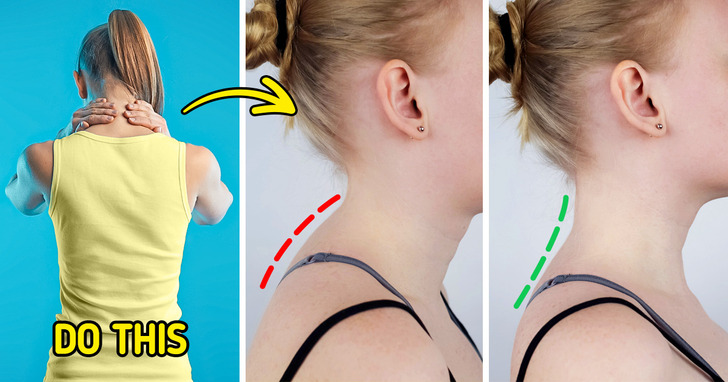Tips to Improve Your Posture
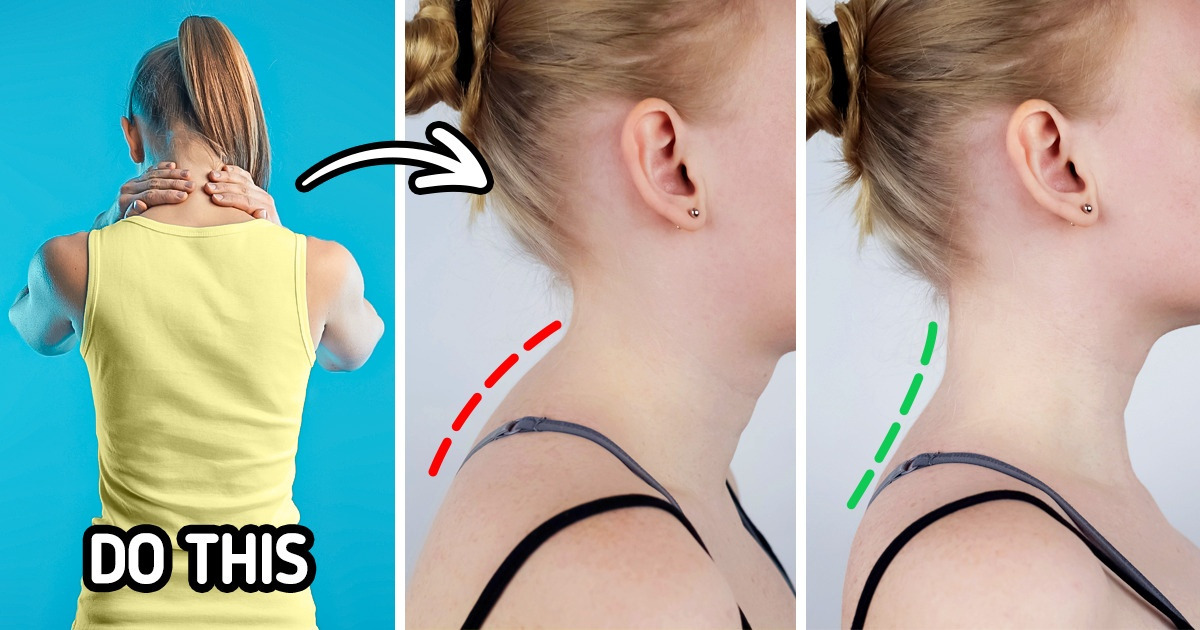
Good posture means correctly training your body to stand, sit, and sleep, ensuring your weight is evenly balanced and all your muscles are strong and not overstretched. 5-Minute Crafts rounded up essential tips that you can implement into your daily life to improve your posture.
❗️This article is for informational purposes and doesn’t replace professional advice. Always consult a medical professional before taking any action regarding your health!
While standing
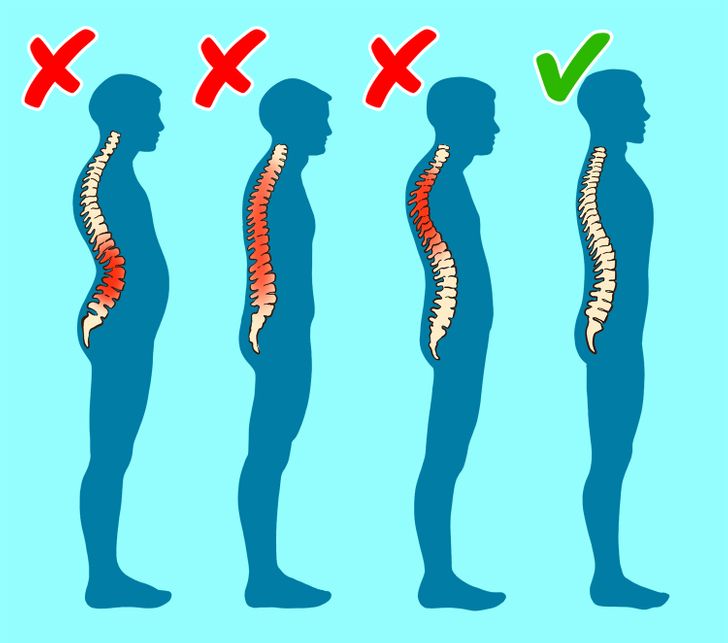
- When standing, imagine that a string is attached to the top of your head, pulling you upward.
- Distribute the weight of your body evenly to the front, back, and sides of your feet.
- Always try to maintain the 3 natural curves of your spine — at your neck, upper back, and lower back.
- Stand straight and tall with your shoulders back. Your shoulders should be relaxed and parallel with the hips.
- Your ears should be over the middle of your shoulders, and your hands on both sides.
- Keep your head level and in line with your body, and tuck your chin in.
- Slightly pull your abdomen in.
- Ensure not to lock your knees but keep them shoulder-width apart.
While walking
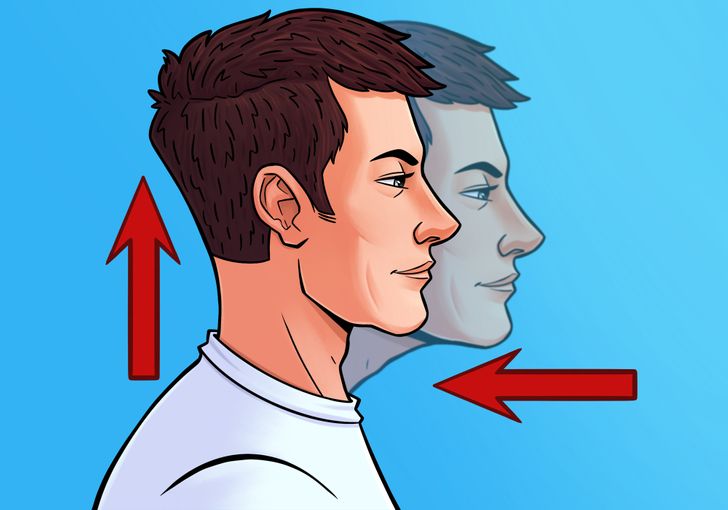
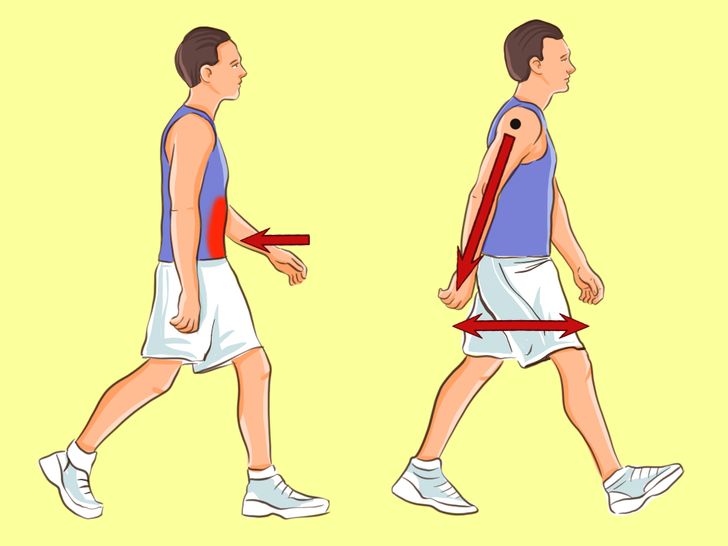
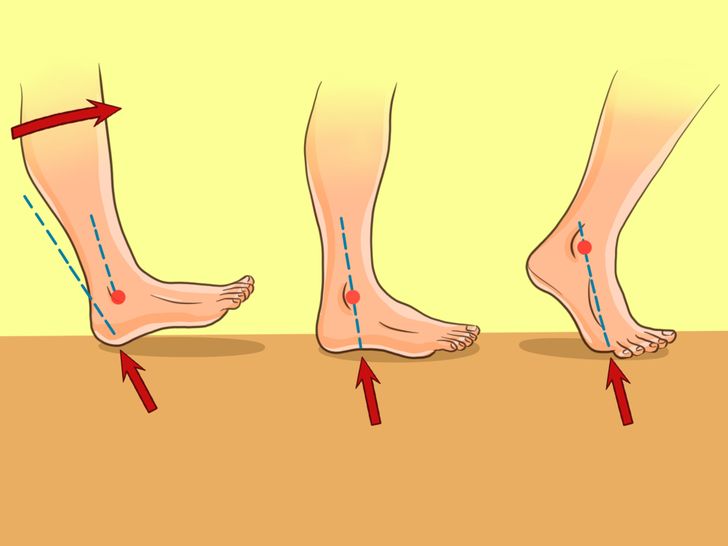
- Always step from heel to toe — first strike the ground with your heel, roll through your heel to your toes, then push out with your toes.
While sitting
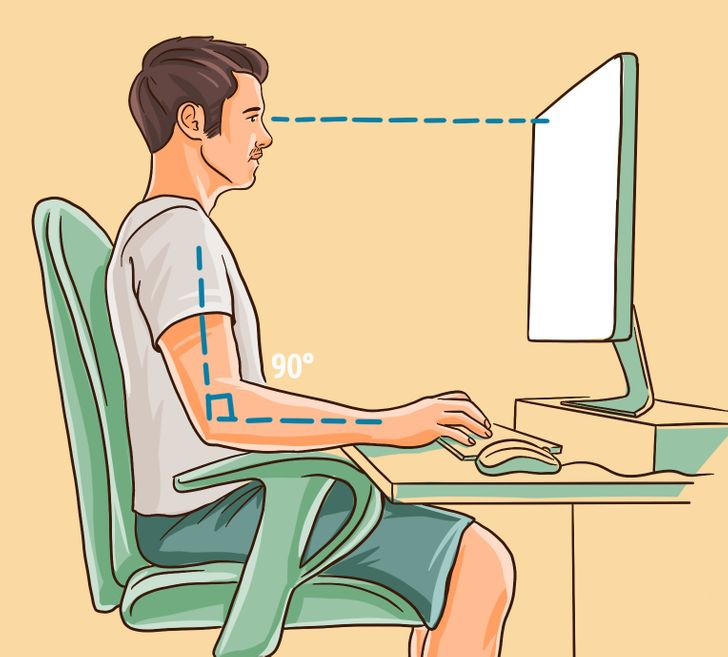
- Sit with your back straight and align your ears, shoulders, and hips in one vertical line.
- Distribute your body weight evenly on both hips. Your buttocks should touch the back of your chair. Your thighs and hips should be parallel to the floor.
- Your shoulders should not be rounded or pulled backward. Your elbows should be bent at about 90 degrees.
- Keep your screen at eye level. To adjust its height, you can use a stack of books or a monitor desk stand.
- Place your keyboard directly in front of your screen. There should be about 4 inches to 6 inches between the edge of your keyboard and the edge of your desk so that your wrists have enough space while you type.
- Your mouse should be placed on the same surface as your keyboard and within reach. When you’re using it, your wrist should be straight.
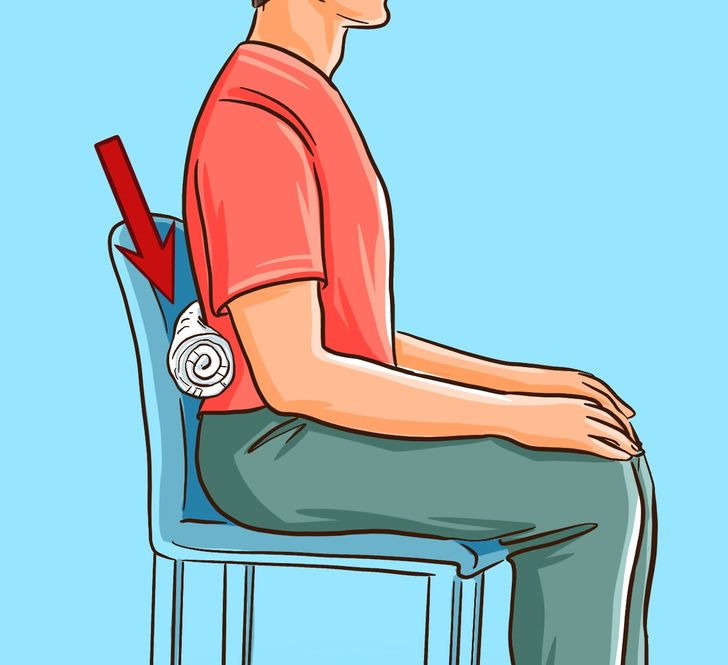
- If you feel that your chair doesn’t provide enough support, take a pillow or small towel and roll it up. Place the towel or pillow between the chair and your lower back.
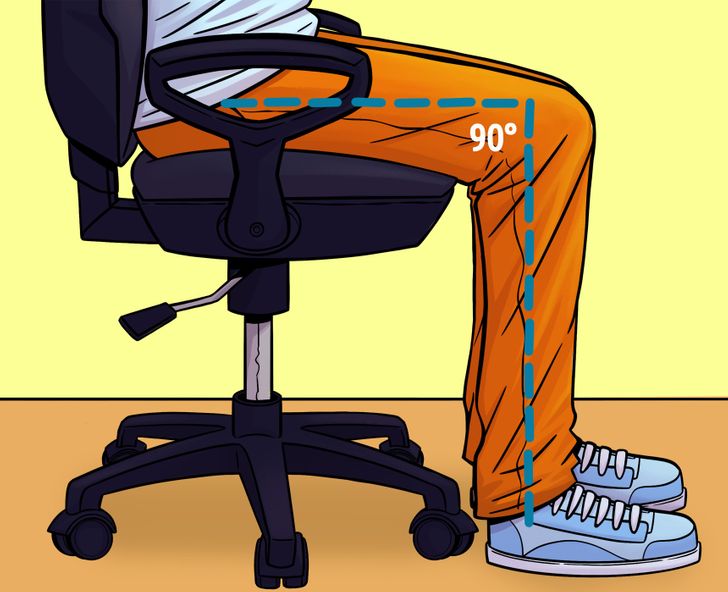
While driving
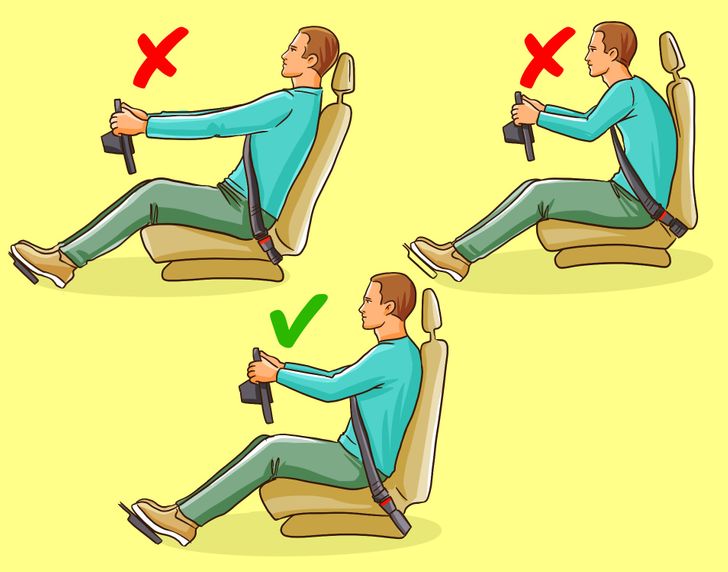
- Keep your seat upright so that your back and shoulders are supported.
- Adjust the distance to the steering wheel so that you have a comfortable bend in your knees.
- Your knees should be at the same level or slightly higher than your hips.
- Adjust the rearview mirror so that you’re able to see the road behind you without needing to move your head.
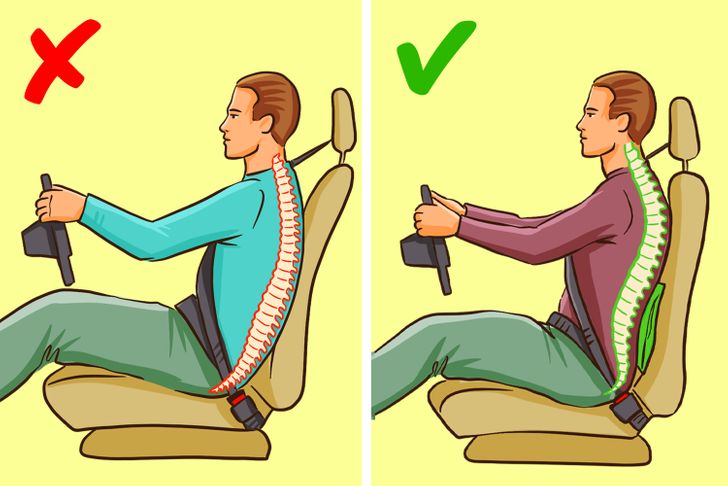
- Use back support at the curve of your back to prevent slouching. It can be a rolled-up towel or a small pillow.
While sleeping
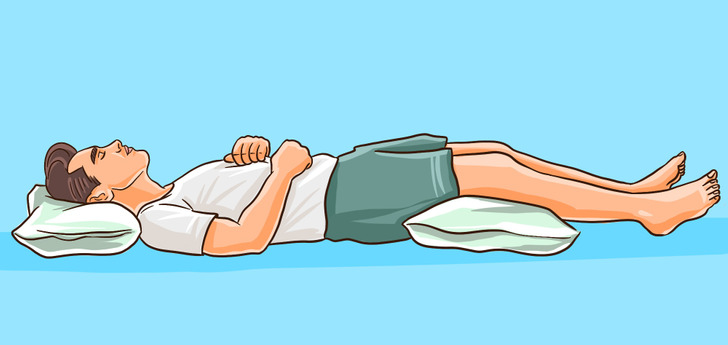
- If you sleep on your back, place a small pillow under the back of your knees.
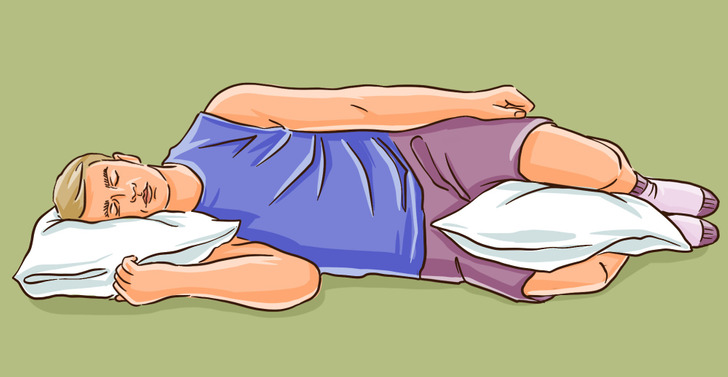
- If you sleep on your side, slightly pull your knees up toward the chest and place a pillow between them.
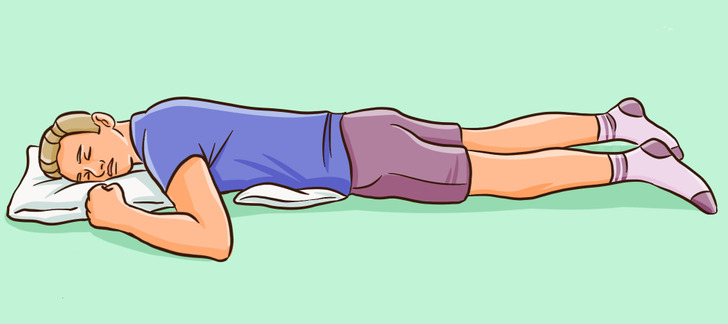
- If you sleep on your stomach, place a flat pillow under your stomach and pelvis area to keep the spine in better alignment.
While using your phone
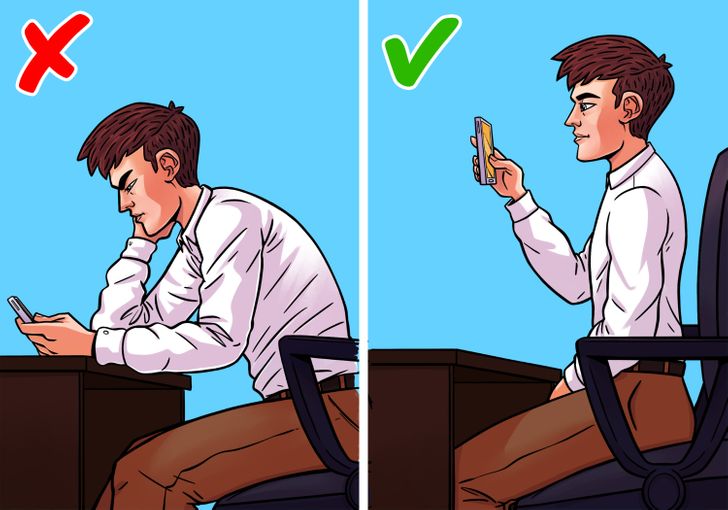
- Hold your phone at eye level when you use it to avoid slouching.
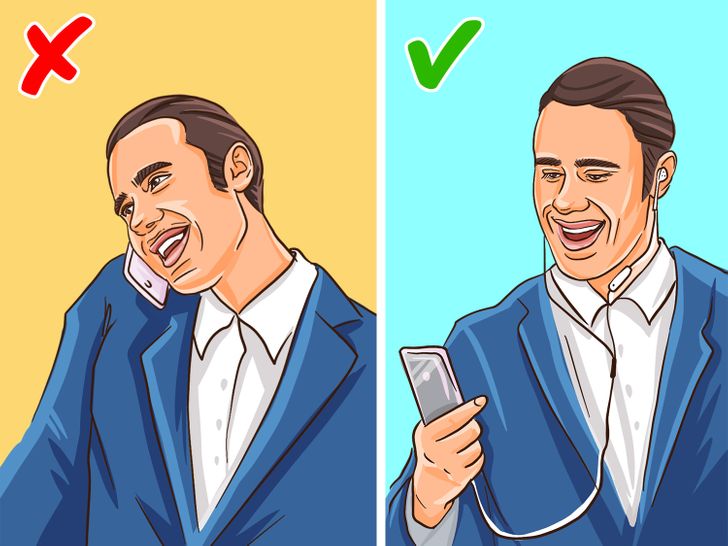
- Don’t cradle your phone between your ear and shoulder. Instead, try to use a headset.
Bonus: Brendon Talbot’s exercise to relax your neck hump
Canadian osteopath Brendon Talbot, a Canadian Academy of Osteopathy graduate, shared a simple exercise in his viral Tiktok video showing us how to help relax a neck hump. First, interlock your fingers behind your head, then bring your elbows together. Finally, while keeping your elbows tight, slowly and carefully slide them up a wall toward the ceiling while stretching out your spine.
Please note that this exercise won’t fix the hump completely but aids in providing some relief, and you may notice a change over time.
